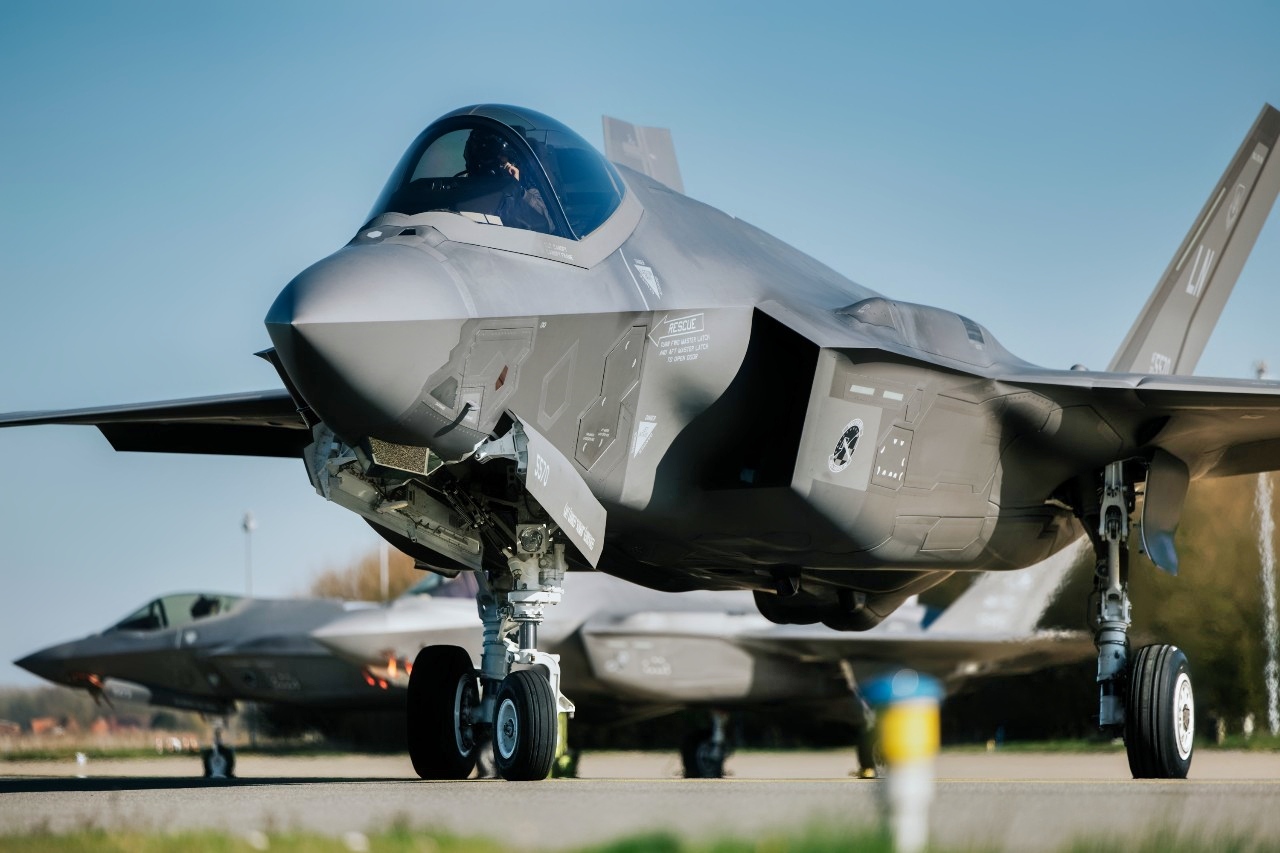Canada is in a quandary. The country’s military is unsure about the way forward concerning the future of its air force. At stake is whether to fully approve an airplane offer from the United States that it has already partially agreed to or cancel it altogether. I am referring to the decision to honor a deal for 88 F-35 stealth fighters or to replace them with the Swedish JAS 39 Gripen.
Prime Minister Mark Carney has said the F-35 agreement is in review, although he has signaled that he is open to persuasion about buying the entire batch of F-35s.
However, Carney could cancel the deal partially or entirely and buy the Saab JAS 39 Gripen instead.
F-35 Lightning II versus the Gripen
Let’s take a closer look at these two warbirds to analyze the decision. The F-35 is a fifth-generation fully stealthy jet, while the JAS 39 Gripen is a 4.5-generation airplane with some radar-evading capabilities. They are both fast and maneuverable. The F-35 and JAS 39 can conduct various missions, such as air policing, homeland defense, dogfighting, and ground strikes.
The F-35 is More Pricey
One significant comparison is the cost to fly. The F-35 is expensive to keep in the air—perhaps pricier to maintain and service than any Western fighter jet. The Gripen is a bargain compared to the F-35. It has some of the lowest maintenance and upkeep costs. The F-35 has many fighters out of action for the United States at any given time. That means the Gripen can fly more sorties than the Lightning II.
Don’t Forget the F-35s Stealth Attributes
However, the F-35 is more survivable. It has a significant edge during beyond-visual-range encounters due to its stealthiness. There is always a chance that a long-range missile could shoot down the JAS 39. Plus, the F-35 has better sensors. The AN/APG-81 AESA radar is top-notch and able to “see” farther away than the Gripen’s Raven ES-05. This radar creates more situational awareness for the F-35.
Israeli Version of the F-35 Is Combat Proven
The F-35I Adir that the Israelis have souped up has better combat experience than the JAS 39, which has none. The F-35I has been able to strike deep into Iranian airspace for a “bloody nose” attack against enemy anti-aircraft sites, radar, and command-and-control facilities. The F-35I escaped from the mission with no losses.
F-35s are also better at electronic warfare, intelligence, surveillance, and reconnaissance data collection. Its superior systems allow the Lightning II to act as a computer in the sky.
Get the Technicians and Mechanics Ready to Work on the Lightning II
However, due to these advanced features, the stelath fighter can be finicky and prone to going on the fritz. The JAS 39 is a more reliable airplane. The F-35 needs constant software updates, and these systems can be buggy.
The upkeep for the Gripen is much more straightforward without ultra-complex systems that need regular maintenance.
They Both Can Fire the Excellent METEOR Missile
The stealth fighter is bigger than the Gripen, but the JAS 39 is faster. The Gripen also has a longer range. The F-35 can fly in “beast mode”—chock full of weapons—even though both airplanes carry similar munition loadouts on most missions.
Both the F-35 and the Gripen can launch the METEOR missile. A Marine Corps F-35B just tested the METEOR last month. This is a superior next-generation beyond-visual-range armament. The METEOR has a high thrust to the target. This means it has a large “No Escape Zone.”
Its fragmentation warhead is particularly deadly. The missile has ultra-high-speed ramjet propulsion with a velocity over MACH 4.
Due to its larger size, the F-35 has better fuel capacity and thus greater range, which served it well during the Iranian attack. The Gripen can fly better in more remote areas since it needs a shorter and less improved runway. The F-35 requires advanced air bases with elongated landing strips.
With all of the F-35’s advantages, this should be an easy decision for the Canadians: Buy the full allotment of F-35s. Nineteen other countries have made that choice. It is fully stealthy, so why would you want to purchase an aircraft like the Gripen that is more comparable to the F-16 Fighting Falcon? The long-term costs will be higher, but the extra performance and radar evasion are worth it.
The F-35 Is the Best Choice for Canada
Canada should not settle for second-best to save some money. Yes, the Great White North has had it with President Donald Trump’s tariffs and insults, but this can be navigated if the American leader engages with what I call “fighter plane diplomacy.”
Canada and the United States are quarreling cousins now but will soon reconcile. There has been some temporary damage to the relationship, but military needs are more important. Choosing the stealth fighter will not disappoint the Canadians in the long run.
About the Author: Dr. Brent M. Eastwood
Brent M. Eastwood, PhD is the author of Don’t Turn Your Back On the World: a Conservative Foreign Policy and Humans, Machines, and Data: Future Trends in Warfare plus two other books. Brent was the founder and CEO of a tech firm that predicted world events using artificial intelligence. He served as a legislative fellow for U.S. Senator Tim Scott and advised the senator on defense and foreign policy issues. He has taught at American University, George Washington University, and George Mason University. Brent is a former U.S. Army Infantry officer. He can be followed on X @BMEastwood.

